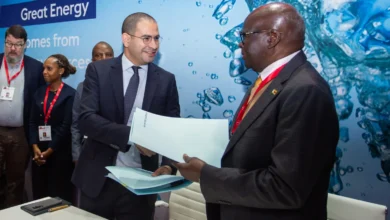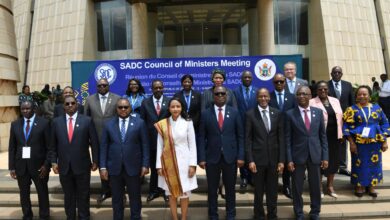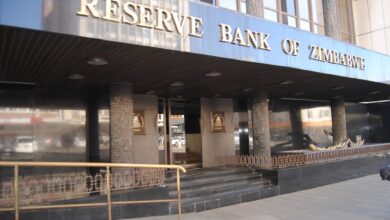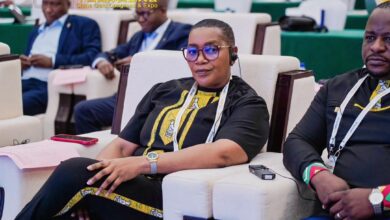SADC Day 2: Spotlight on Transfrontier Conservation Areas and Their Role in Regional Development
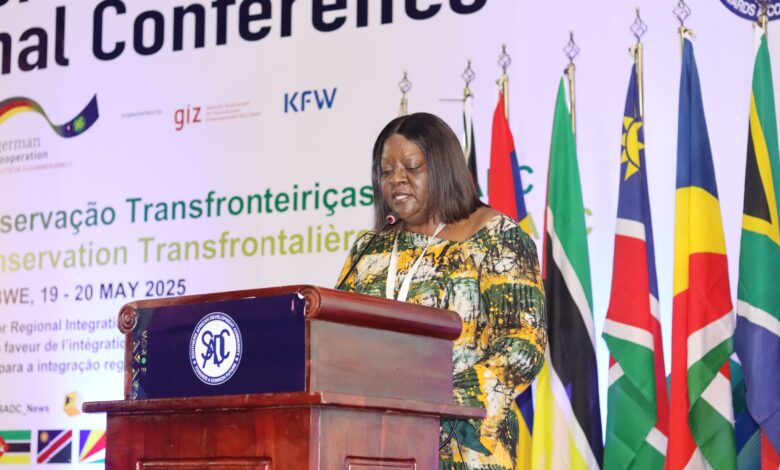
The Southern African Development Community (SADC) continues its high-level discussions on Day 2 of the regional summit, with a focus on how Transfrontier Conservation Areas (TFCAs) can serve as powerful tools for biodiversity conservation, socio-economic growth, and regional integration.
Under the theme “SADC Transfrontier Conservation Areas: 25 Years of Cooperation for Regional Integration and Sustainable Development,” the forum has drawn widespread participation from environmental leaders, conservation experts, policymakers, and government officials from across the region.
TFCAs, which span across national borders, are hailed as a cornerstone of SADC’s commitment to sustainable development and ecological protection. These shared landscapes play a vital role in preserving biodiversity, ensuring ecosystem resilience, and creating economic opportunities for communities living within and around them. By bridging conservation and development, TFCAs promote not only ecological sustainability but also peace and cooperation among member states.
The ongoing discussions highlight how TFCAs contribute to improving the livelihoods of rural populations through eco-tourism, job creation, and natural resource management. Delegates are examining innovative models that empower communities as active stewards of conservation while benefiting economically from the natural capital that surrounds them.
Although the Right Honourable Prime Minister of Lesotho has yet to arrive, the Kingdom is strongly represented at the summit. Senior officials from various departments are actively contributing to the sessions, reaffirming Lesotho’s commitment to regional conservation and development initiatives.
Delegates from across SADC are also using the platform to reflect on 25 years of TFCA cooperation. They are assessing progress made in establishing and managing these cross-border conservation zones and identifying gaps where policy harmonisation, infrastructure investment, and capacity building are still needed.
As the summit progresses, the collective aim remains clear: to harness the power of nature as a driver for sustainable economic development while fostering unity among member nations. With increasing environmental challenges such as climate change and biodiversity loss, the discussions underscore the urgency of joint action and shared responsibility.
The outcomes of this year’s TFCA-focused discussions are expected to shape policy direction and regional strategies for the next decade, ensuring that conservation and community development remain central to SADC’s integration agenda.

